Regarding houseplants, the Friendship plant is a great choice for those looking for an easy-to-care-for option. These plants are known for their ability to thrive in a wide range of conditions, making them ideal for those who are new to plant care or have busy schedules. Friendship plants also make a great gift for plant and non-plant lovers.
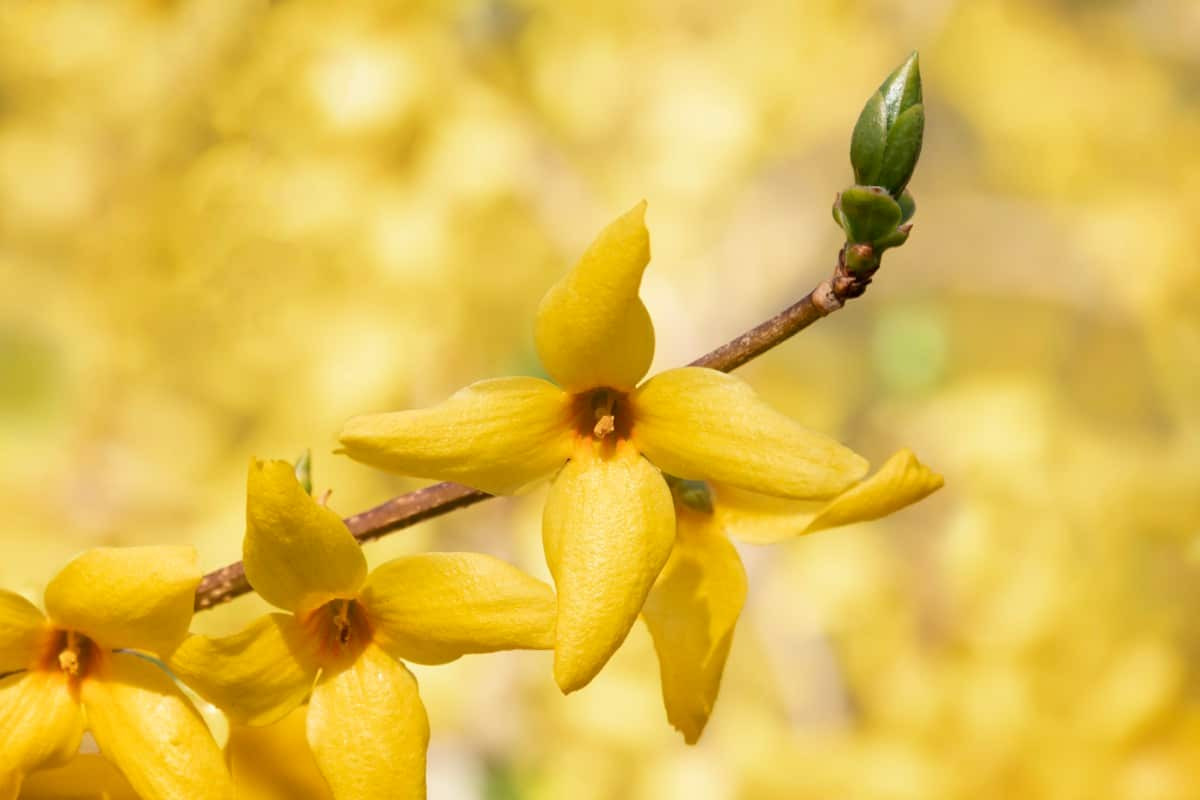
The Friendship plant is the perfect option if you’re looking for a unique and low-maintenance houseplant. When finding the perfect Friendship plant, remember a few key things. First, consider the type of plant that would best suit your needs and preferences. Secondly, consider the plant’s size and whether it will fit well in your home or garden. Finally, consider the plant’s care requirements and whether you can provide the necessary care.
How to Grow and Care for Friendship Plants Indoors
Types of Friendship Plants
Albertii
Albertii Friendship plants are known for their large leaves. These plants prefer warm, humid climates and will do best in a spot with indirect sunlight. Regarding watering, Albertii Friendship plants should be kept drier; too much water can lead to yellowing leaves and root rot. While these plants are not known to be particularly finicky, they will benefit from occasional fertilization during the growing season.
Intermedia
There are many Friendship plants, but intermedia is the most common. This plant typically has two or more colors in its leaves and can grow quite large. Friendship plants of this type are known for being easy to care for and making a great addition to any home.
Lissom
Lissom is a Friendship plant known for its long, slender leaves. This plant is often used as a decorative plant in homes and offices. Lissom plants are easy to care for and require minimal maintenance.
Worleana
There are many Friendship plants, but the Worleana is among the most popular. The Worleana has large, beautiful flowers, making it a great addition to any home. The Worleana is also very easy to care for and doesn’t require much attention.
Climate Suitable for Growing Friendship Plants Indoors
The Friendship plant is a beautiful and easy-to-care-for houseplant that is best for adding a touch of greenery to any indoor space. The Friendship plant is native to tropical regions and prefers warm temperatures and high humidity. Therefore, if you live in an area with cooler winters, you can grow the Friendship Plant indoors if you provide it with the proper care.
To keep your Friendship plant happy and healthy indoors, place it in a spot with bright, indirect sunlight. The plant can tolerate some direct sun, but too much direct sunlight will cause the leaves to fade or burn. Keeping the soil moist is also important, as too much water can cause root rot. During winter, when growth is slower, you can reduce watering to once every two weeks. Providing your Friendship Plant with the proper care will thrive indoors and bring you joy for many years.
Soil Requirement for Growing Friendship Plants Indoors
To grow Friendship plants indoors, you will need a well-drained potting mix that contains peat moss, vermiculite, and perlite. The pot should be placed in an area with bright indirect light. When growing Friendship plants indoors, the best soil is a well-draining potting mix. This mix will help prevent your plant from becoming overwatered, which can lead to root rot. Friendship plant does not like to sit in wet soil, so be sure to water them only when the top layer of soil is dry. If you’re unsure whether your potting mix is well-draining, add extra perlite or sand to help promote drainage.
In case you missed it: 18 Moisture Loving Plants that Thrive in Wet Soil: Every Gardner Should Know These

Water Requirement for Growing Friendship Plants Indoors
Watering is the most important aspect of plant care, and Friendship plants are no exception. These tropical beauties need consistent moisture to thrive, so water them regularly. Let the top layer of soil dry before watering again, and never let your plant sit in water. If you’re unsure how often to water, err on the side of too little rather than too much these plants are very sensitive to overwatering and can quickly develop root rot.
In case you missed it: 11 Self-watering Container Gardening Ideas: DIY Steps with 5 Gallon Buckets
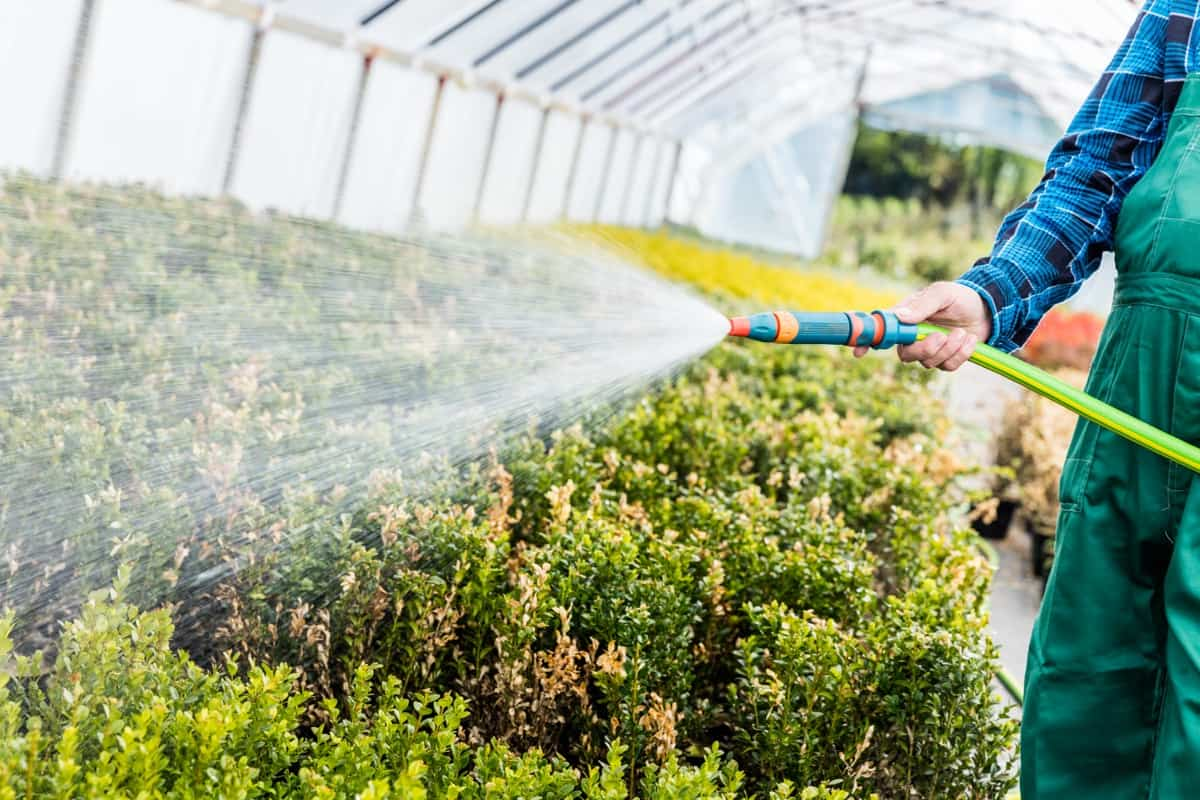
Container Size Required for Growing Friendship Plant
When growing Friendship plants indoors, you need a pot at least 12 inches wide and 18 inches deep. This will give the roots room to grow and allow the plant to reach its full potential. You should also place a trellis or other support structure inside the pot so that the plant can climb. Friendship plants prefer well-drained soil that is rich in organic matter.
In case you missed it: How to Make Biodegradable Peat Moss Planters and Pots: For Your Garden Plants
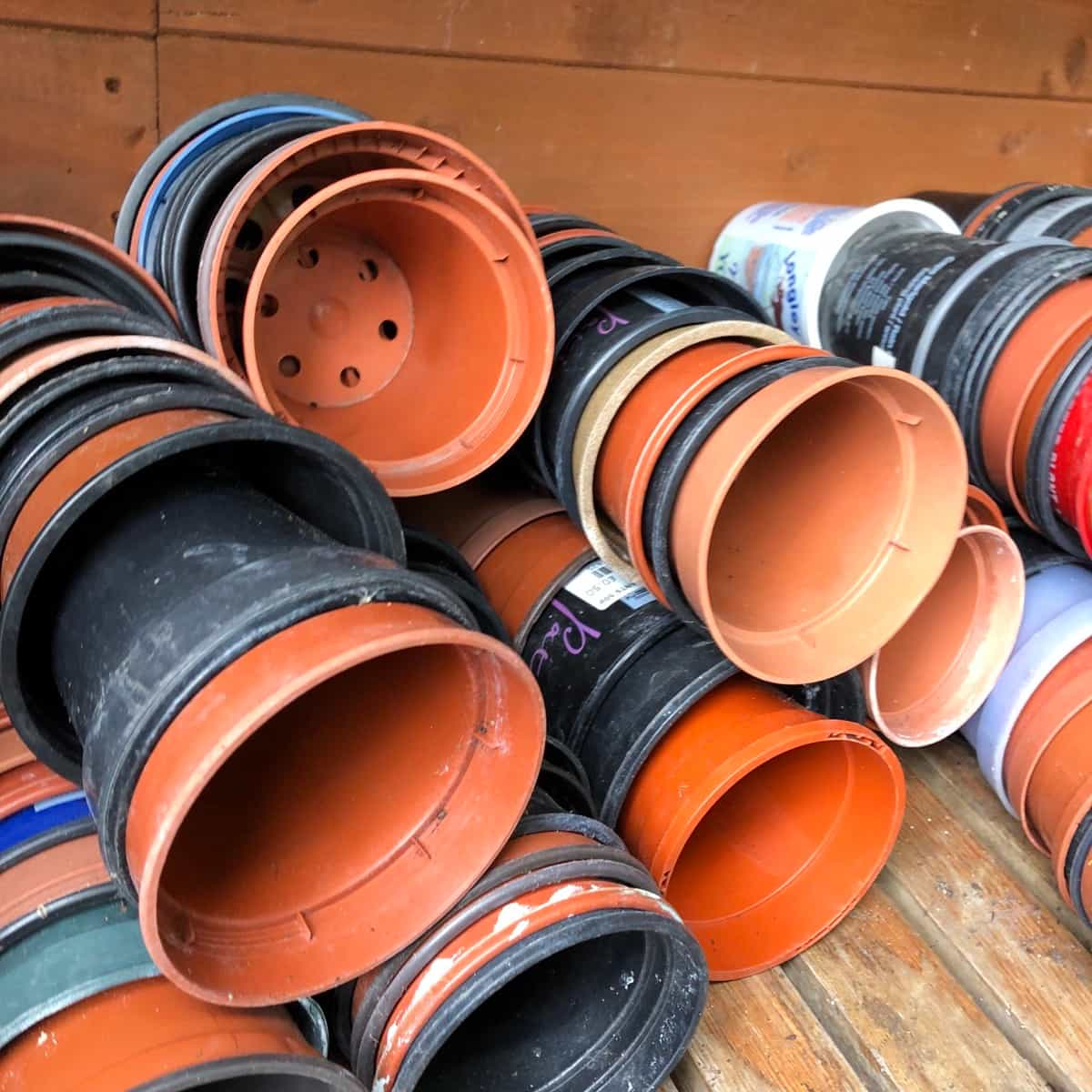
Propagating Friendship Plant
From Cuttings
Start by taking a 6-inch cutting from a healthy plant to propagate the Friendship plant from cuttings. Cut just below a leaf node (where the leaf meets the stem) with a sharp knife or scissors. Remove the lower leaves, leaving two or three at the top. Dip the stem cutting end in rooting hormone powder or gel (this will help encourage root growth).
Place the Friendship plant cutting in a small pot filled with moistened potting mix. Be sure to keep the mix moist, as too much water can cause the cutting to rot. Keep the pot in a bright place but out of direct sunlight. Allow the cutting to root for 4-6 weeks, during which time you should see new growth at the leaf nodes. Once roots have been established, transplant to a larger pot and care for a mature Friendship plant as you would.
Friendship Plant Care
Fertilizer Requirement for Growing Friendship Plants Indoors
To maintain optimal growth, your Friendship plant must be fertilized regularly. The best way to fertilize your plant is to use a water-soluble fertilizer that is high in phosphorus. Fertilize your Friendship plant every two weeks during the growing season. Fertilizer requirements for growing Friendship plants indoors are not demanding.
Use a well-balanced fertilizer such as 10-10-10 according to package directions. Apply the fertilizer monthly during the growing season. If you notice that the leaves of your Friendship plant are starting to yellow, this indicates that the plant is getting insufficient nutrients, and you should increase the frequency of fertilization.
Pruning Friendship Plant
Pruning Friendship plants is important to keeping your plant healthy and looking its best. Friendship plants can become leggy and sparse if they are not pruned regularly. Pruning also encourages new growth, which can help keep your plant compact and full. Remove any dead or dying leaves to prune your Friendship plant.
Cut any long or leggy stems to the desired length, careful not to cut into the main stem. You can pinch off new growth to encourage a more compact plant. Always use clean, sharp shears to avoid damaging the plant when pruning. Friendship plants are relatively easy to care for, but regular pruning will help ensure your plant stays healthy and looks its best.
Repotting Friendship Plant
First, choose a pot that is slightly larger than the current one. Friendship plants don’t like too much root space, so a pot that is too large will cause the plant to become lanky and weak. Second, use a well-draining potting mix. Third, water the plant thoroughly before repotting to help reduce stress on the roots. Finally, be careful not to damage the delicate roots when repotting. Place the Friendship plant in the new pot and fill it around it with potting mix, tamping it down gently as you go. Be sure not to bury the plant’s stem too deeply; this can cause it to rot.
In case you missed it: Best Drought-Tolerant Garden Plants Which Can Survive with Minimal Water
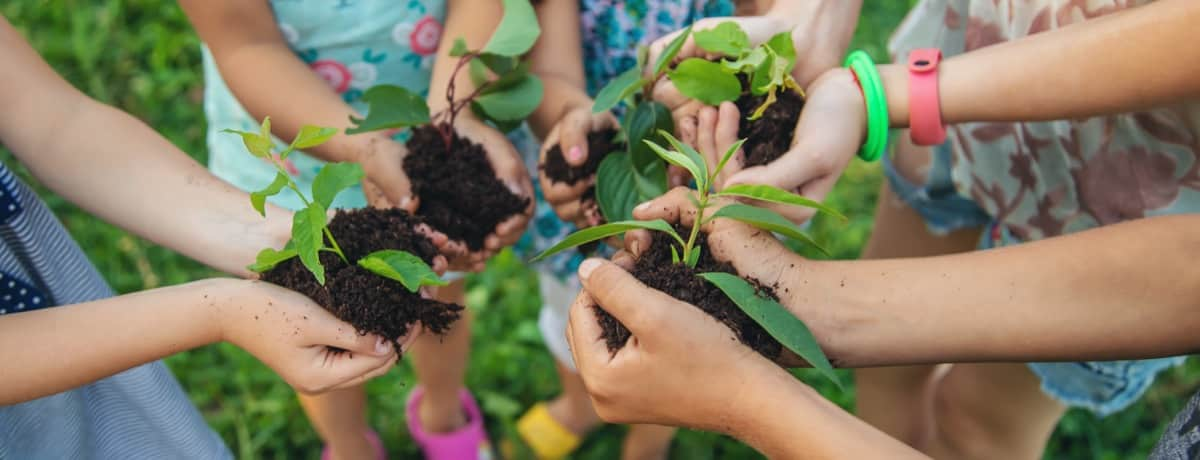
Friendship Plant Care in Winter
When the weather outside is cold and bleak, indoor greenery is nice to brighten up your home. Friendship plants are perfect for this; they’re easy to care for and thrive in lower light conditions. Friendship plants like to be kept on the drier side, so water them only when the top couple of inches of soil are dry. Your Friendship plant will likely need less light during winter than in spring and summer.
A south-facing window is ideal, but an east- or west-facing window will also work. If you don’t have any windows that get direct sunlight, you can supplement with a grow light. Friendship plants prefer temperatures between 15 to 21°C, so ensure your home doesn’t get too cold in winter. If possible, avoid drafts from windows or doors, as these can stress out your plant. These plants come from a tropical environment, so they prefer high humidity.
Pests and Diseases of Friendship Plants and their Control
Pests of Friendship plants include mealybugs, whiteflies, and spider mites. Mealybugs are small, oval-shaped insects that suck the sap from plants. You can control them by spraying the plant with water or rubbing alcohol. Whiteflies are white insects that fly around plants and feed on sap. They can be controlled by trapping them or spraying the plant with water. Finally, spider mites are small, spider-like insects that spin webs on plants and feed on the sap. You can control them by spraying the plant with water or using a miticide.
The Friendship plant is a popular houseplant that is easy to care for and relatively disease-free. However, a few diseases can affect Friendship plants, including root rot, powdery mildew, and leaf spot. Root rot is caused by excess water. To prevent this disease, plant your Friendship in well-drained soil and water it only when the top inch of soil is dry. If your plant starts to wilt or the leaves turn yellow, this is a sign of root rot. You can try to save the plant by removing it from the pot and replanting it in fresh soil.
Powdery mildew is a white powdery fungus that can grow on the leaves of Friendship plants. It is most commonly found in humid conditions. To prevent powdery mildew, ensure good air circulation around your plant and keep the leaves dry. If you notice powdery mildew on your plant, you can remove the affected leaves and spray the plant with an anti-fungal solution. Leaf spot diseases cause small brown spots on Friendship plants’ leaves. It is most commonly found in wet or humid conditions. To prevent leaf spots, ensure good air circulation around the plant.
In case you missed it: 19 Types of Yellow Flowering Plants for Your Garden
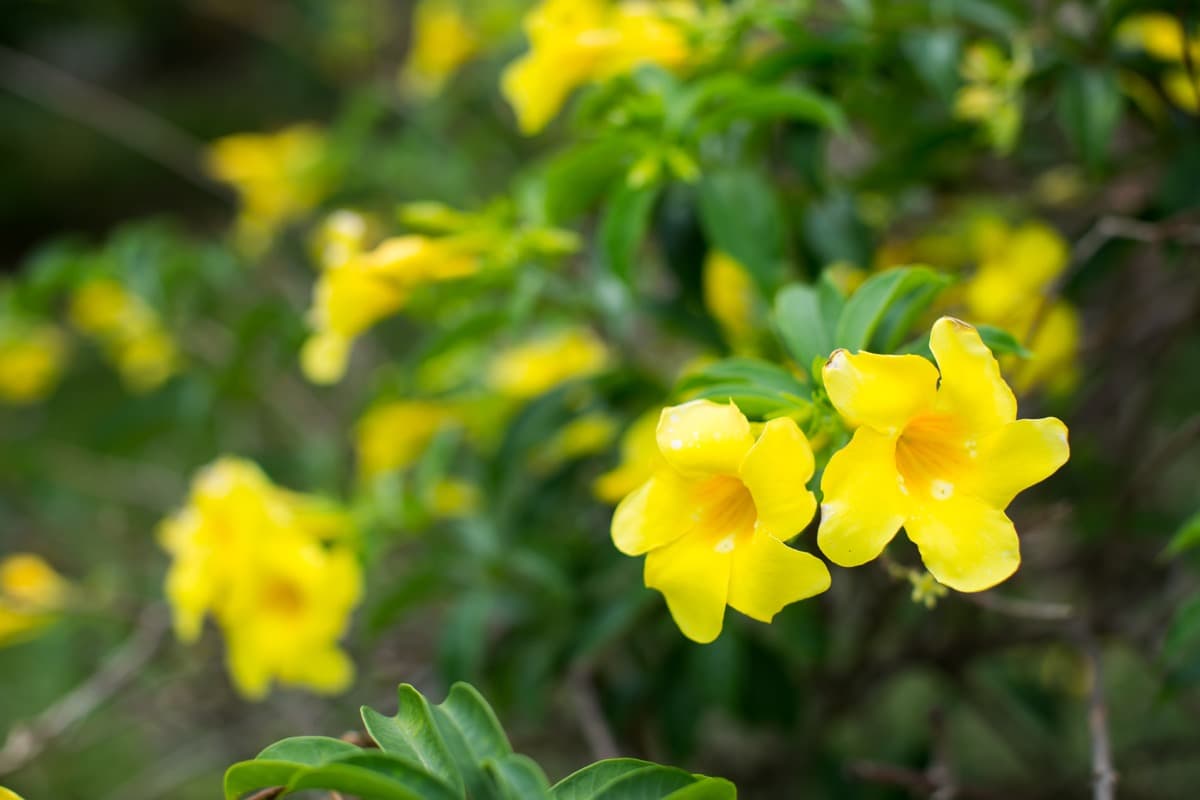
Conclusion
Your Friendship plant will thrive indoors if you follow the proper care instructions. These plants are relatively easy to care for, but you should consider a few things. Friendship plants need bright, indirect sunlight and well-drained soil. Let the top soil dry out between watering and fertilizing monthly during the growing season. With a little love and attention, your Friendship plant will be a thriving member of your indoor gardening collection.
- Broccoli Seed Germination and Selection
- Asparagus Seed Germination and Variety Selection
- Seasonal Flower Gardening: Best Practices for Spring, Summer, Fall, and Winter
- How to Grow Hibiscus from Flower
- Plantation Ideas for Home Decoration: A Beginners Guide
- Flower Garden Designs and Layouts for Beginners
- Planting and Spacing Techniques in Papaya: A Beginner’s Guide
- Growing Gold: Essential Techniques for Planting Pineapples
- How to Make Kalanchoe Plant Bushy: Home Remedies and Solutions
- 11 Reasons Why Your Gardenia is Not Blooming: Home Remedies and Solutions
- Eco Elegance: The Guide to Designing a Drought-Tolerant Landscape
- Gardening on a Slope: Strategies for Hillside Landscaping
- Nourish and Flourish: Top Organic Mulches for Thriving House Plants
- Everything You Want to Know about Indian Mogra Flower: Discover Uses and Growing
- Green Thumb Success: Expert Tips for Cultivating Greenhouse Pumpkins All Year Round
- Maximize Growth & Flavor: The Ultimate Guide to Companion Planting in Herb Gardens
- How to Control Rhododendron Problems Naturally: Home Remedies and Organic Ways to Fix Them
- Natural Magic: The Remarkable Benefits of Cinnamon for Plants
- Best Steps to Revive Dying Tulip with Natural and Organic Treatment
- 10 Reasons Why Your Angel Trumpet is Not Blooming: Remedies and Treatment
- How to Fix Periwinkle Leaf and Flower-Related Problems: Natural Remedies and Solutions
- How to Fix Zinnias Leaf and Flower Problems: Discover Natural and Home Remedies
- Organic Steps to Induce Lemon Tree Flowers: A Comprehensive Guide
- Bloom Booster: Crafting the Perfect Homemade Bougainvillea Fertilizer
- Optimizing Growth: A Guide to Applying NPK Fertilizer for Potted Plants
- 10 Best Homemade Fertilizers for Rubber Plant: DIY Recipes and Application Method
- How to Boost Female Pumpkin Flowers: Effective Steps for More Flowers and High Yields
- Transform Your Indoor Garden: Top Benefits of Pink Salt for Houseplants
- 10 Best Homemade Fertilizers for Peacock Plants (Calathea): Easy DIY Guide
- Unlock Blooms: 9 Reasons Why Your Potted Chrysanthemum is Not Blooming
- 8 Reasons Why Your Potted Hibiscus is Not Blooming: Fix it with Simple Solutions
- Unlock Blooms: 9 Key Reasons Your Potted Frangipani Won’t Flower
- 10 Reasons Why Is My Ice Plant Not Blooming: Remedies and Treatment
- 10 Reasons Why My Potted Hydrangea Not Blooming: Treatment and Remedies
- 10 Reasons Why is My Wisteria Not Blooming: Remedies and Treatment
- 10 Reasons Why is My Goldfish Plant Not Blooming: Remedies and Treatment